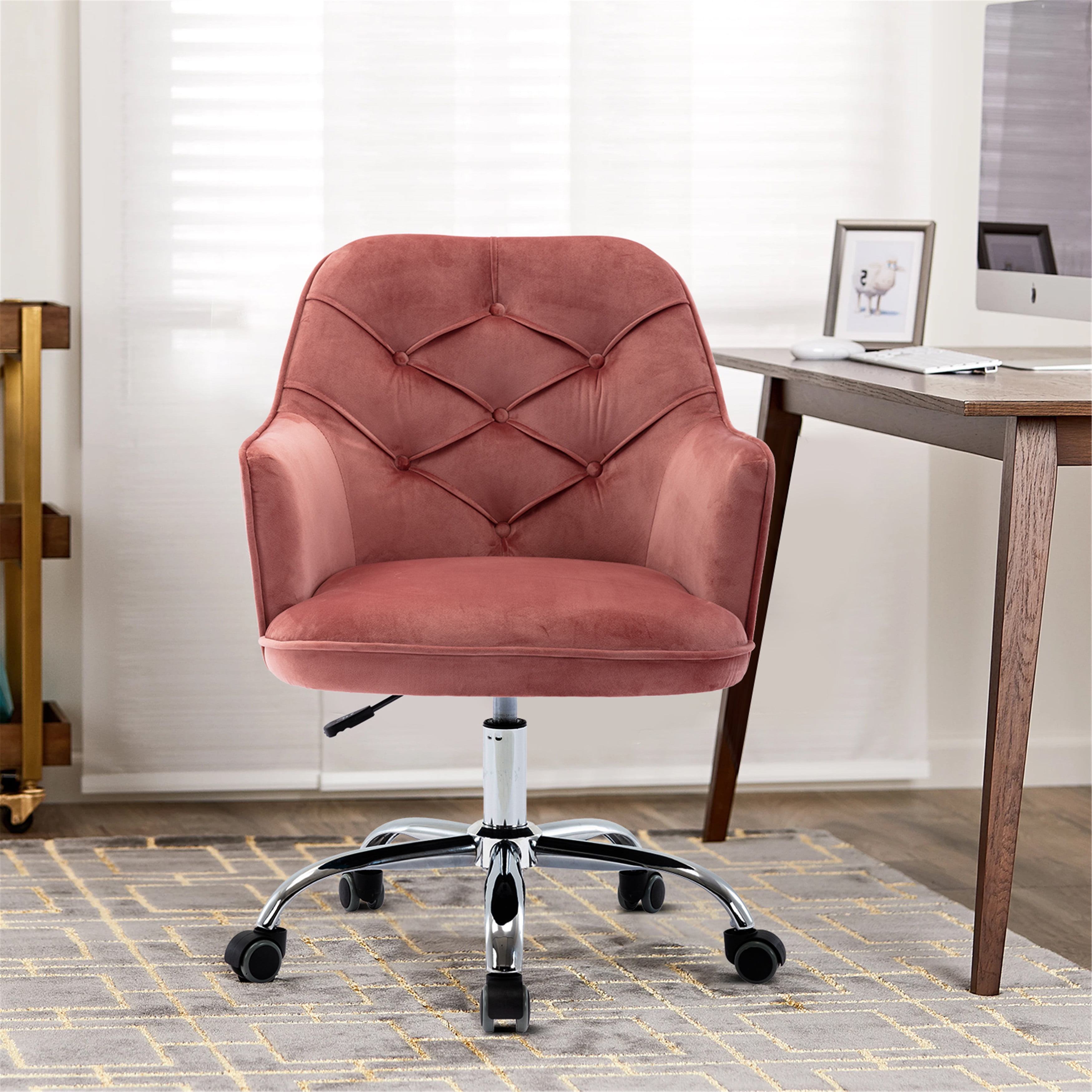Manufacturing & Sustainability of All-in-One Desk & Chair Units: Desk And Chair In One

The burgeoning popularity of all-in-one desk and chair units presents both opportunities and challenges. Efficient manufacturing processes are crucial for cost-effectiveness, while a commitment to sustainability is essential for minimizing the environmental impact of these increasingly popular pieces of furniture. This examination delves into the complexities of manufacturing these units, exploring sustainable practices and comparing their environmental footprint to that of separately manufactured desks and chairs.
The manufacturing process for an all-in-one desk and chair unit typically involves several stages, from raw material sourcing to final assembly and packaging. This often includes cutting and shaping the wood or metal components, molding plastic parts, fabricating the chair mechanism, and finally, assembling all parts to create the complete unit. The complexity of the process depends heavily on the design and materials used. For instance, a simple unit made primarily of particleboard will have a less intricate manufacturing process compared to a more sophisticated design incorporating high-quality wood and advanced ergonomic features.
Manufacturing Processes
The creation of an all-in-one desk and chair unit requires a coordinated approach encompassing various manufacturing techniques. Metal components might be formed through processes like stamping, bending, or casting, while wooden elements could be cut using CNC machines for precision and efficiency. Plastic components, often used for chair parts or desk accents, are typically injection molded. Assembly often involves a combination of mechanical fastening, gluing, and potentially welding, depending on the materials used. Quality control checks are implemented at various stages to ensure structural integrity and aesthetic appeal.
Sustainable Manufacturing Processes
A sustainable manufacturing process for all-in-one desk and chair units would prioritize the use of responsibly sourced materials and energy-efficient techniques. This could involve utilizing rapidly renewable timber certified by organizations like the Forest Stewardship Council (FSC), employing water-based finishes instead of harsh chemicals, and sourcing recycled or reclaimed materials wherever possible. Energy consumption throughout the manufacturing process can be minimized through the adoption of renewable energy sources and the implementation of lean manufacturing principles to reduce waste and optimize resource utilization. A closed-loop system for recycling waste materials generated during manufacturing would further reduce the environmental impact.
Carbon Footprint Comparison
Accurately comparing the carbon footprint of an all-in-one unit to that of separate desk and chair manufacturing requires a detailed life cycle assessment (LCA). However, it is plausible that an all-in-one unit, due to its integrated design and potentially reduced transportation needs, might have a slightly lower carbon footprint than the combined footprint of separately manufactured components. This is because fewer individual shipments are required, and the overall material usage might be optimized through integrated design. However, this advantage could be negated if the manufacturing process of the all-in-one unit is less efficient or uses less sustainable materials. A comprehensive LCA is needed for a definitive comparison.
Use of Recycled Materials
The incorporation of recycled materials is a crucial aspect of sustainable manufacturing. Recycled steel and aluminum can be used in the frame, while recycled plastic can be used for various components. Post-consumer recycled wood fibers can be included in the production of particleboard or MDF, reducing reliance on virgin timber. The percentage of recycled content will vary depending on the specific materials used and the availability of recycled options in the market. For example, a unit might utilize a significant amount of recycled steel in its frame, while the plastic components may incorporate a smaller percentage of recycled content.
Sustainable Packaging Solutions, Desk and chair in one
Sustainable packaging is critical for minimizing the environmental impact of shipping and disposal. Examples of sustainable packaging solutions include:
- Using recycled cardboard boxes made from post-consumer waste.
- Employing biodegradable or compostable packing peanuts or fillers made from materials such as starch or seaweed.
- Minimizing packaging materials by using compact and efficient designs that reduce void space within the box.
- Printing packaging using soy-based inks and avoiding excessive use of color or lamination.
- Utilizing reusable packaging components, such as returnable crates or pallets, for transportation.
